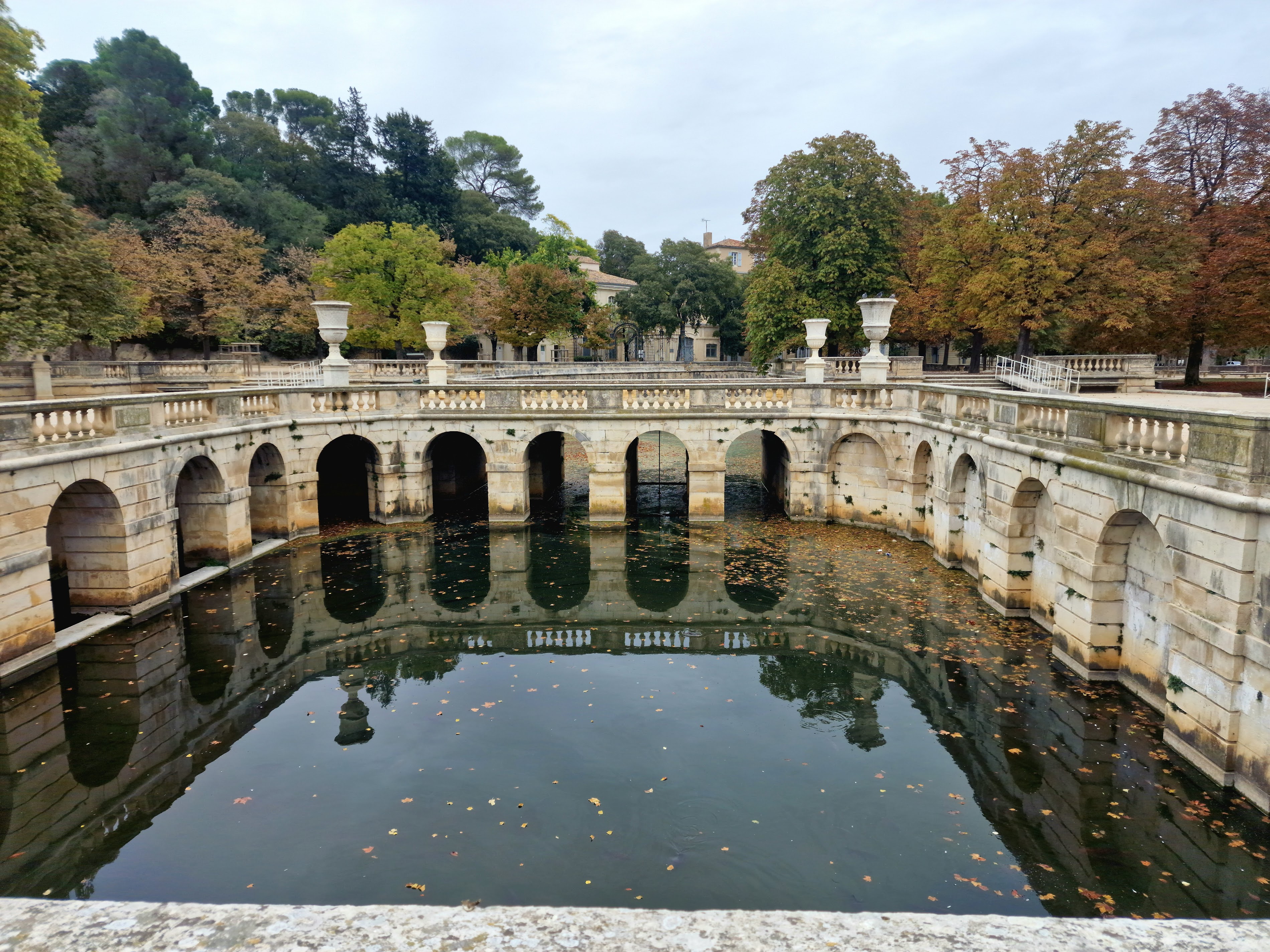Jardin de La Fontaine: A Masterpiece of French Garden Design
In the heart of southern France, a verdant oasis awaits, where history and nature intertwine in a breathtaking display. This enchanting space, with its classical statues, ornate fountains, and meticulously manicured landscapes, has been captivating visitors for centuries. As one of the first public gardens in Europe, it stands as a testament to the enduring allure of French garden design and the rich cultural heritage of Nîmes.

A Garden Born from Ancient Springs
The story of Jardin de La Fontaine can be traced back to ancient times, when the site was revered for its natural springs. These waters, which once supplied the Roman city of Nemausus, were harnessed in the 18th century to create a garden of unparalleled beauty. The project was undertaken by Jacques Philippe Mareschal, the king's military engineer, who transformed the area into a harmonious blend of French formal gardens and English landscape styles.
As visitors enter the garden, they are greeted by the sight of the Nymphaea, an ancient Roman sanctuary dedicated to the water nymphs. This remarkable structure, partially restored in the 18th century, serves as a poignant reminder of the site's ancient roots. The spring that once fed the Roman baths now flows through elegantly designed canals, creating a serene atmosphere throughout the park.
Things to do in Nimes
A Symphony of Symmetry and Nature
The lower gardens of Jardin de La Fontaine are a masterclass in French formal garden design. Geometric pathways are lined with carefully pruned trees and hedges, creating a sense of order and symmetry. Ornate fountains and statues are strategically placed throughout, their presence adding to the garden's classical ambiance. The central canal, flanked by grand staircases and balustrades, forms the backbone of this meticulously planned landscape.
In contrast, the upper gardens offer a more naturalistic experience. Here, winding paths lead visitors through a Mediterranean landscape of pine trees and wild herbs. The ascent to the Tour Magne, an ancient Roman tower perched atop Mont Cavalier, is rewarded with panoramic views of Nîmes and the surrounding countryside.
A Living Museum of Sculpture
Throughout Jardin de La Fontaine, an impressive collection of statues and sculptures can be admired. These works of art, ranging from classical mythological figures to more modern pieces, are skillfully integrated into the landscape. The statue of Antoninus Pius, a Roman emperor born in Nîmes, stands as a proud reminder of the city's illustrious past.
The Temple of Diana, despite its misleading name, is believed to have been part of the Roman-era sanctuary complex. Its partially preserved structure adds an air of mystery and romance to the garden, inviting visitors to imagine the grandeur of ancient Nemausus.
A Garden for All Seasons
While Jardin de La Fontaine is undoubtedly stunning in the height of summer, when its fountains sparkle in the Mediterranean sun, each season brings its own charm to this magical space. In spring, the gardens burst into life with colorful blooms and the sound of birdsong. Autumn paints the landscape in warm hues, while winter reveals the elegant bones of the garden's design.
Throughout the year, locals and tourists alike can be found strolling along the shaded alleys, picnicking on the lawns, or simply sitting by the water's edge, lost in contemplation. The garden serves as a green lung for the city, offering a peaceful retreat from the bustle of urban life.
A Legacy of Conservation and Innovation
In recent years, significant efforts have been made to preserve and enhance Jardin de La Fontaine. Restoration projects have focused on maintaining the garden's historical features while adapting to modern environmental concerns. Sustainable gardening practices are now employed, ensuring that this beloved space will continue to thrive for generations to come.
As the sun sets over Jardin de La Fontaine, casting long shadows across its lawns and reflecting off its tranquil waters, one cannot help but feel a sense of timelessness. This extraordinary garden, born from ancient springs and shaped by centuries of human ingenuity, continues to enchant and inspire all who visit.
For those eager to delve deeper into the rich history of Nîmes, a visit to the Museum Romanité is highly recommended. This modern museum offers a fascinating journey through the city's Roman past, perfectly complementing the living history found in Jardin de La Fontaine.

 Home
Home Wishlist
Wishlist